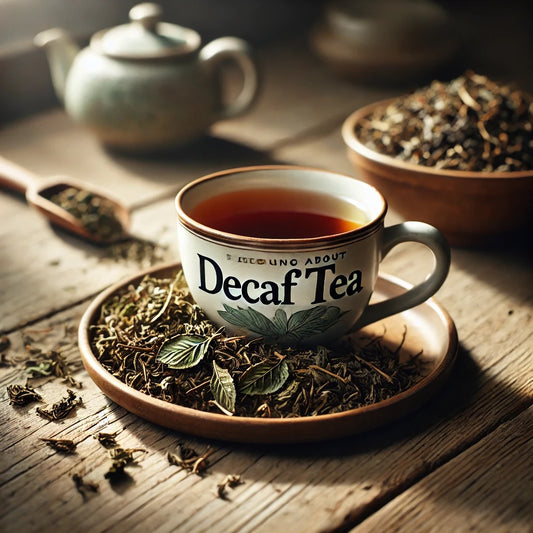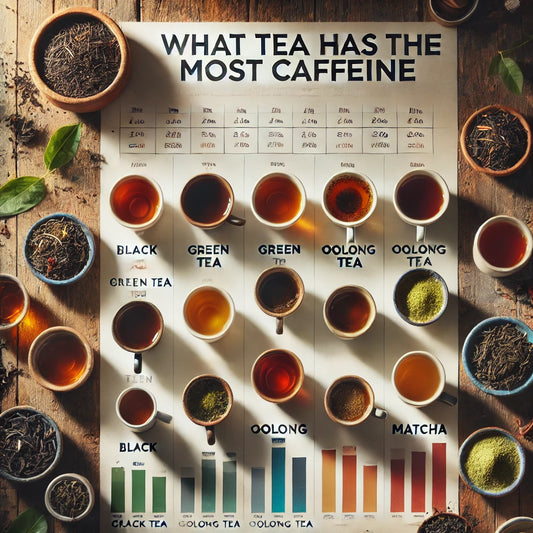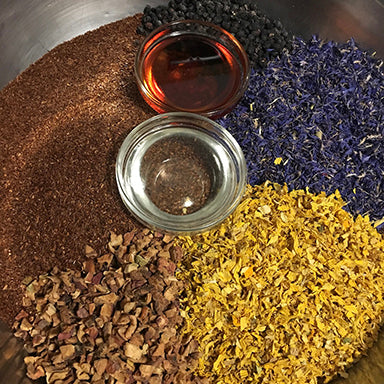
What is Orange Pekoe?
One of the most common questions asked of any tea provider is 'Do you have any 'Orange Pekoe'? To which we can assume the person inquiring is looking for a plain black tea. How we got to this understanding is an interesting journey.
The term "Pekoe" can mean a few things in talking about tea, but one of the most common is in its use of grading black tea. Orange Pekoe, as a term, is a grade of black tea used in the traditional colonial tea grading. It is not a particular flavour or style, but rather refers to the terminal bud leaf pluck, typically along with the top two leaves.
When used outside the context of black-tea grading, the term "pekoe" refers to the end terminal bud of the tea plant, not yet unfurled and often covered in white down. Pickings of "a bud and a leaf" or "a bud and two leaves" are also used interchangeably with pekoe and a leaf or pekoe and two leaves.
The word Pekoe itself in either scenario is most likely derived from a mispronouncing of the Mandarin word 白毫; (Pe̍h-ōe-jī: pe̍h-ho) which describes this white fuzz of the leaf. Orange probably got added on when the Dutch were trading for tea and added a "Royal name", for the Royal house Orange-Nassau.
Today, tea bag manufacturers use this term to label their black blends somewhat incorrectly, leading consumers to understand "Orange Pekoe" as a style or flavour of black tea, instead of the grading or source of the tea leaves.
Black Tea Grading
Just to add to your confusion, there is no standard that these grades are measured against, rather each factory assigns its own grading to its own crop and standard. One factory’s OP is not always the same as another. Typically, the whole leaves that contain the terminal bud (F-flowery) are more complex and aromatic, where the broken are simpler and darker.
This is a flowery broken orange pekoe, which means the tea contains tips or terminal buds, it is broken, so the leaves are not whole but it was a full picking. This tea will steep quicker with a larger surface area from the broken leaves.
This is also a broken leaf grade (broken pekoe 1) which means the leaves are broken, from the original pekoe picking, and will steep strong and dark. The 1 means this grade is better than the BP, and the factory considers it superior in this grade.
Yunnan Ming - TFOP
This tea is a whole leaf, containing an abundance of tips. This tea will steep with complex flavour, and probably have multiple steepings.
How to find the right black tea for you
To help narrow down your black tea preference, here are some questions to ask yourself about how you drink your tea:
Do you enjoy the black tea strong? - Choose a smaller leaf grade for strong steepings, or a larger leaf for a lighter steeping.
Do you add milk to them? - Broken leaf or Fannings from African or Assam are typical for adding milk, whereas Darjeeling, Ceylon or Chinese teas are often enjoyed plain.
Do you re-steep your leaves or just like the first strong cup? - Broken or Fannings are much like tea bags, where they give very strong first infusions, but do not resteep well, whereas full leaf Chinese, Ceylon, or Nepalese can reinfuse multiple times.
Do you like complex floral notes, smoky woodsy notes, or malty caramels? - Florals are typical in higher grown spring pickings (like Darjeeling or Nepal), Smoky woody notes can be found in Anhui China, and malty notes are typically found in African teas.
What about English Breakfast?
Breakfast teas, like English Breakfast, are blends of different black teas, that the blender creates for a certain profile that can be maintained every year, vs teas purchased yearly from Estates. I like to relate this to a blended scotch vs a cask scotch. One is created to have the same flavour year after year using changing variables, and the other showcases the flavour of that year and the influence of terroir and processing.
Whole leaf grades
The grades for whole leaf orthodox black tea are: Ceylon orange pekoe (OP) grades
Broken leaf grades
Fannings grades
Terroir (/tɛˈrwɑːr/, French: [tɛʁwaʁ]; from terre, "land") is a French term used to describe the environmental factors that affect a crop's phenotype, including unique environment contexts, farming practices and a crop's specific growth habitat.







